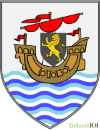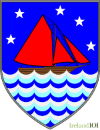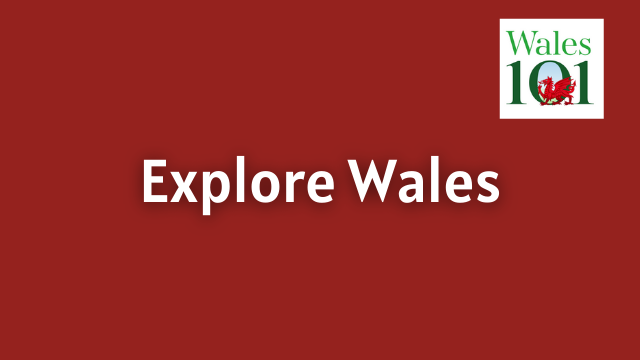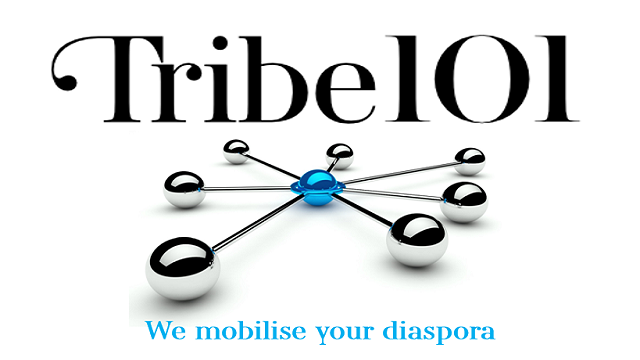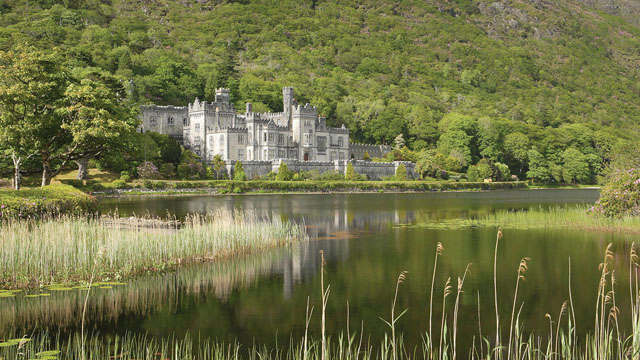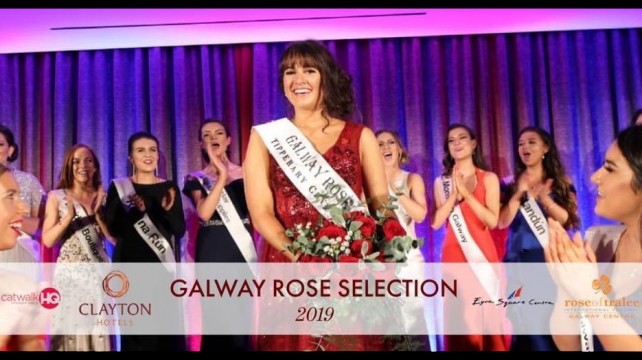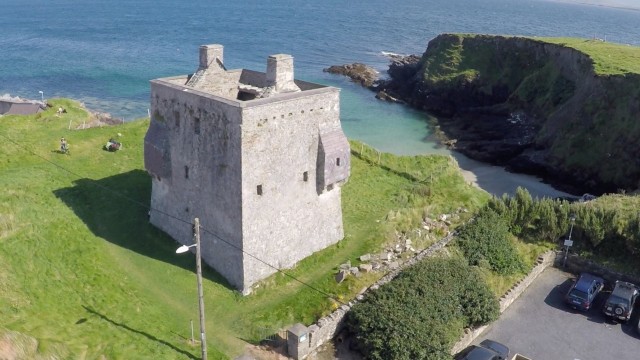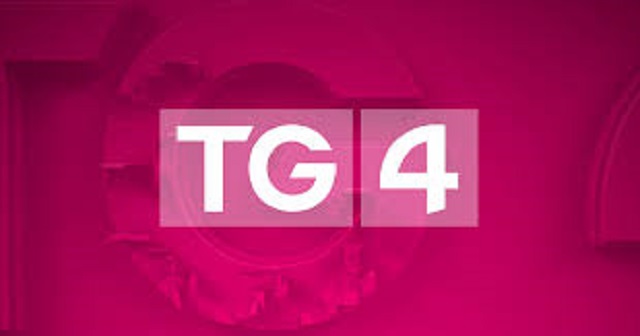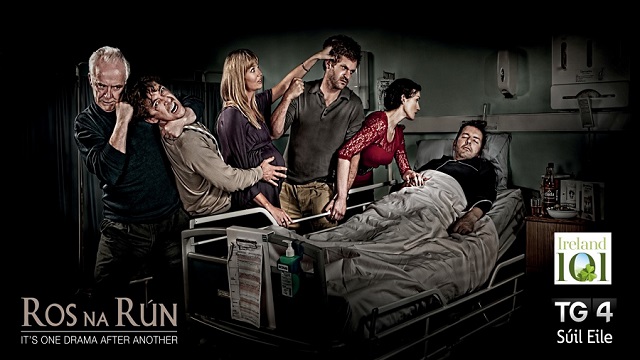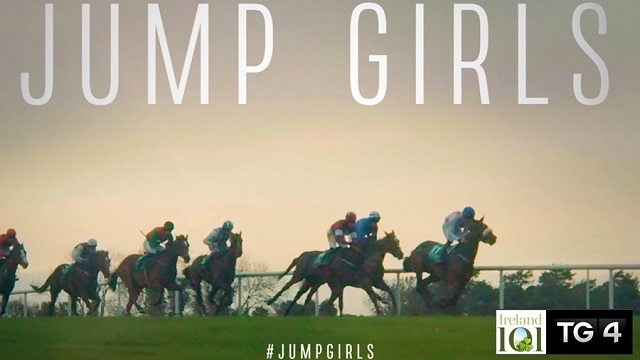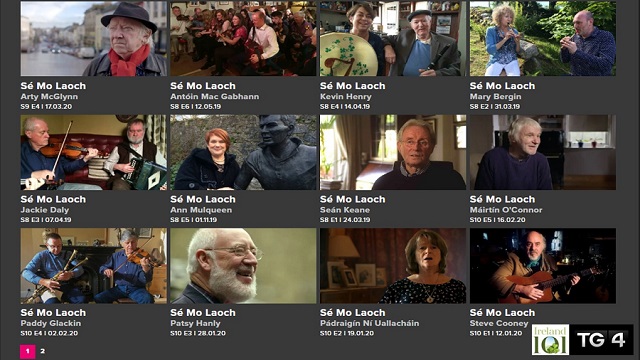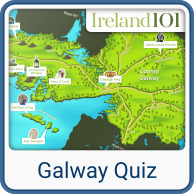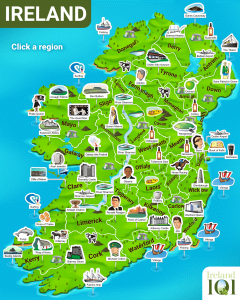Counties of Ireland - Galway
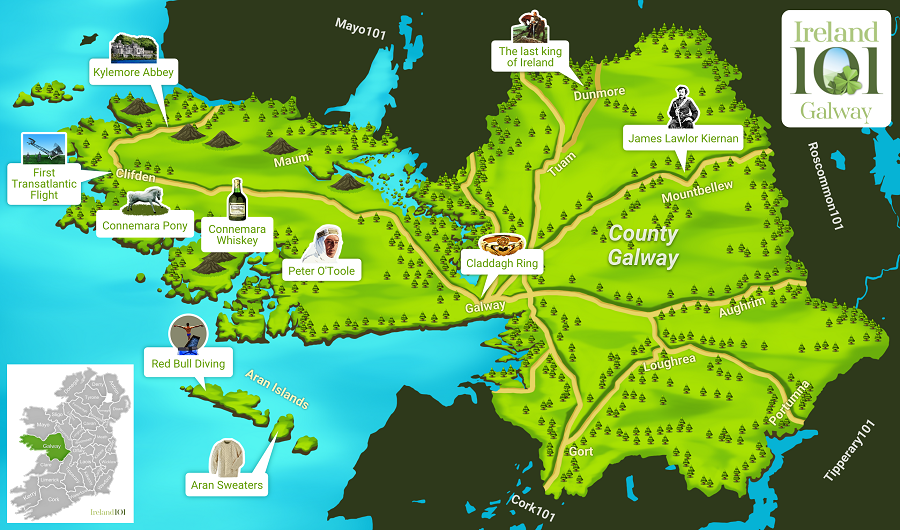
2,754,677 County Galway Diaspora around the world
Our in-person family gatherings
Ireland's President Higgins family message
Our TEDx talk about family gatherings

|
Galway city coat of arms |
Galway county coat of arms |
Co. Galway (pronounced gall-way, not gal-way) is one of those places that you can get lost in and never come back. Stretching across one of the most harshly beautiful parts of the west coast of Ireland, Galway's distinctly Irish character comes across in its stark landscapes and rugged beaches, which are contrasted by the warm character of the Galwegian people.

Pine trees island on Derryclare Lake with Twelve Bens in background.

Beach near Ballyconnelly, Connemara, Galway
The county was named for its county town, Galway City, a notoriously artistic (read: hippy dippy) place. Small and walkable, Galway City has numerous artisanal cafes, local boutiques and quaint pubs, such as Tig Cóilí and the Crane, where music spills out onto the streets (and, sometimes, so do the drunk college students from NUI Galway).

Galway City streets, County Galway
The north part of Co. Galway is easily its most distinguishing region. Connemara is a rugged landscape marked by barren mountains, including the 12 Bens range, glassy lakes and sea air so fresh it stings your lungs. The best place to get a feel for the place is by hiking in Connemara National Park, which is also home to the county's native Connemara ponies. Just down the road, Kylemore Abbey, a 19th-century Benedictine monastery, is one of the most beautiful structures in Ireland.

Connemara Ponies, County Galway

Kylemore Abbey, located in Connemara, Co. Galway is a major tourist attraction in the West of Ireland. It offers woodland walks, garden tours, fascinating history and beautiful architecture
Connemara also comprises the largest Gaeltacht (Irish speaking) region in all of Ireland, with some 45,000 people, and this has given rise to a plethora of Irish language services coming out of Galway, including schools, a radio station (Raidió na Gaeltachta), a TV channel (TG4) and a newspaper (Foinse), all in Irish.
Music and the arts are a way of life in Galway, with the Arts Festival and Early Music Festival held annually, while the Galway Oyster Festival each September is a good time to sample fresh seafood paired with Guinness. Likewise, the rich and posh come from all over Ireland each July to the Galway Races, where they wear funny hats and pretend to be British while watching horse races.

Oyster tray at the Galway International Oyster Festival
Technically, the most famous thing to come out of Galway was James Joyce's wife, Nora Barnacle. However, everyone knows that Galway's real contribution to Irish society is that great Steve Earle song, Galway Girl, which is featured on the Bulmers ads.
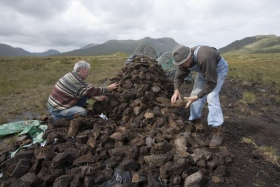
Two men harvesting turf near Leenaun, Galway.
Turf, known also as peat, is partially decomposed vegetable matter that locals use as a cheap (free) source of fuel for home heat.
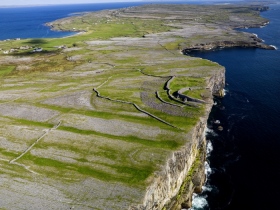
Dun Aengus, Inis Mor, Aran Islands off the coast of Galway

101 Must-Do’ ways to live your regional connection.
Our 101 team have been working with local tourism, business, community and Council initiatives to bring you some of the best ways for you to live your connection to Galway.
8 Day Galway Region and Best of Ireland Tour
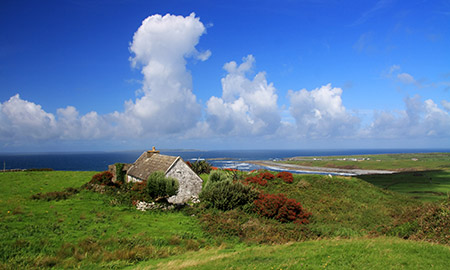
Galway Irish 4 Day Getaway


_(2).jpg)
